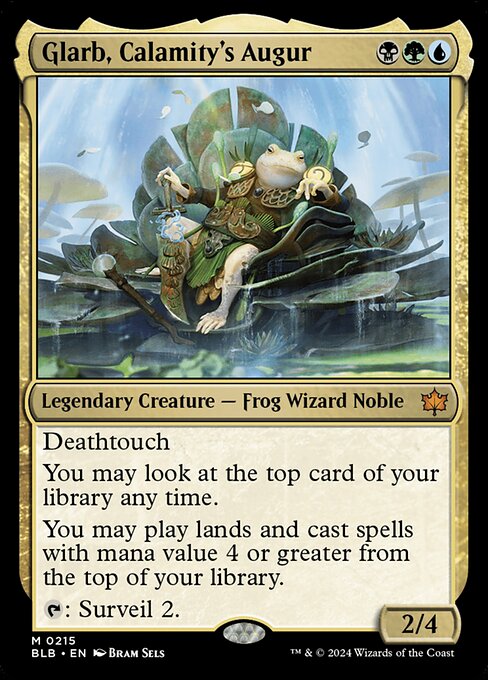Deck & Commander Strategies

Glarb, Calamity's Augur
Glarb aims to build a resilient board of large creatures with +1/+1 counters and uses black removal and disruption to maintain control, focusing on incremental value and attrition to overwhelm opponents.
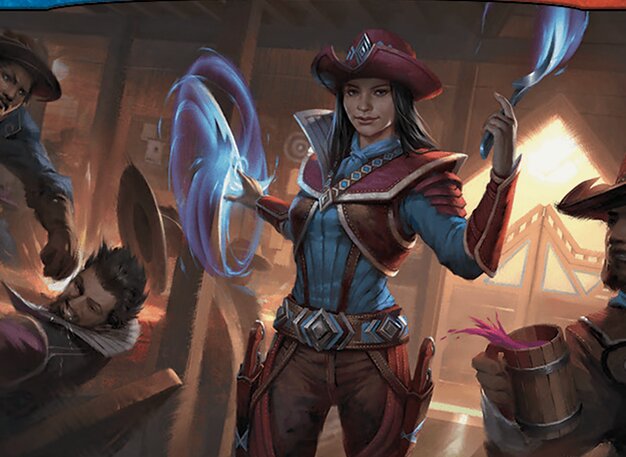
Stella Lee, Wild Card
Stella Lee uses a toolbox approach, leveraging flexibility and powerful spells to adapt to the game state, often focusing on efficient interaction and value generation.
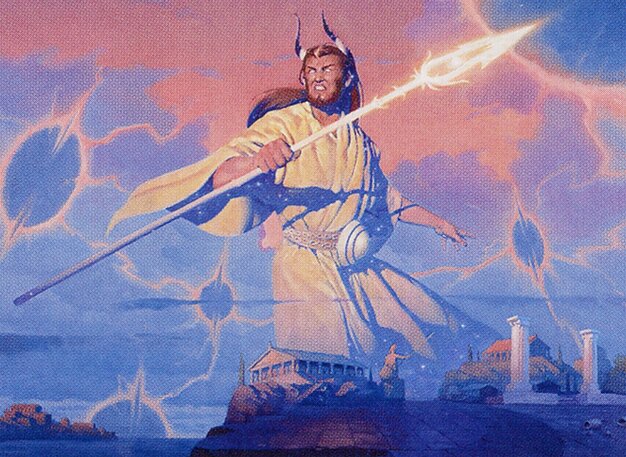
Heliod, the Radiant Dawn
Heliod's deck uses Standstill and card draw engines to lock down opponents and generate massive card advantage. The deck aims to flip Heliod to his Warped Eclipse side for a strong board presence and to reduce opponents’ resources.
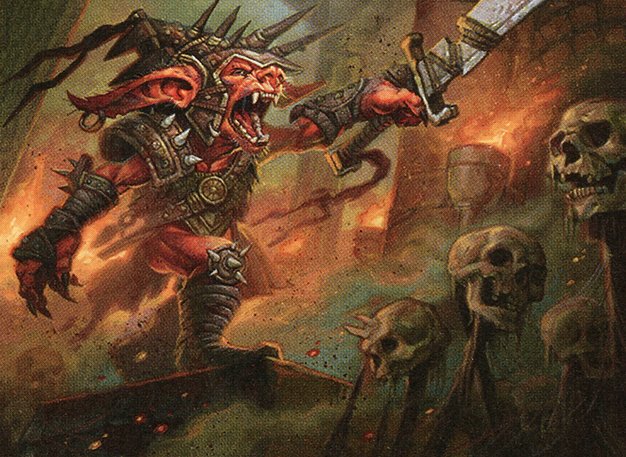
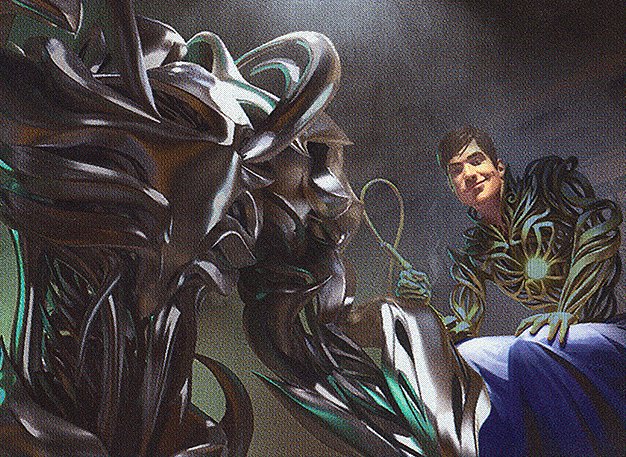
Rograkh, Son of Rohgahh / Silas Renn, Seeker Adept
This deck combines aggressive creature strategies with artifact synergy and disruption, aiming to leverage Silas Renn’s ability to recur key artifacts while applying pressure with Rograkh’s combat prowess.
Gameplay Insights
- 1
Standstill created a powerful lock that forced players into a cautious playstyle, as casting spells would allow opponents to draw cards and gain advantage, effectively slowing the game to a near halt.
- 2
Heliod's player leveraged Standstill and Ring of Three Wishes to draw significant card advantage while others were forced to pass, demonstrating how resource denial can translate into long-term dominance.
- 3
The interaction between Pyroblast and Deflecting Swat highlighted the importance of understanding mode and target restrictions in counterspell plays, preventing the disruption of Ristic Study.
- 4
Players’ decisions to avoid triggering Standstill emphasized the tension between acting and passing, showcasing the delicate balance of risk versus reward in high-level multiplayer Commander games.
Notable Cards
-
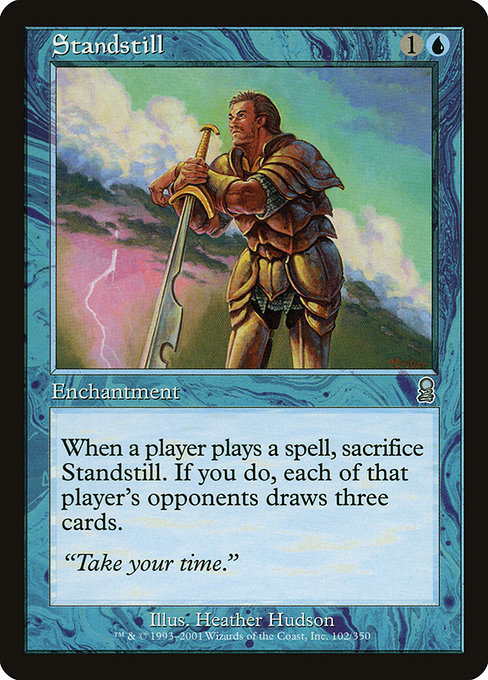
Standstill
-
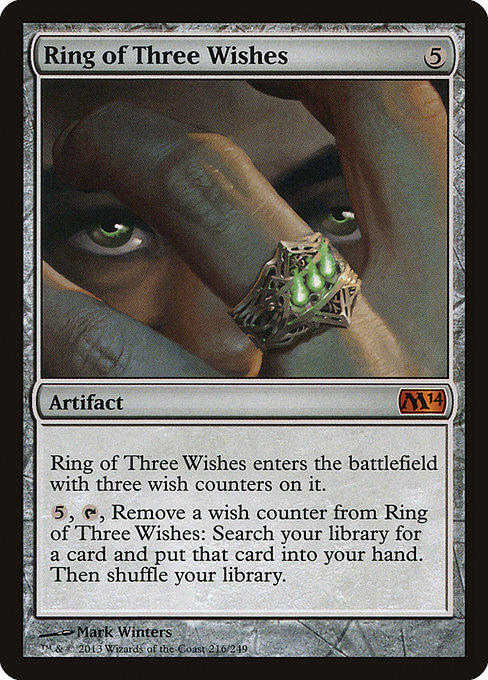
Ring of Three Wishes
-
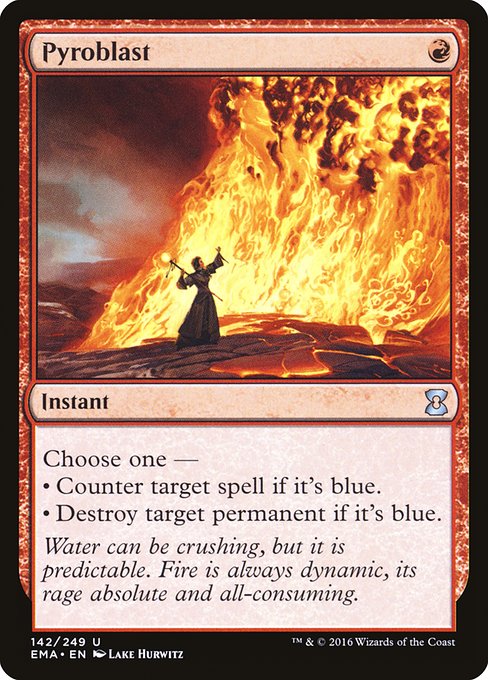
Pyroblast
-

Deflecting Swat
-
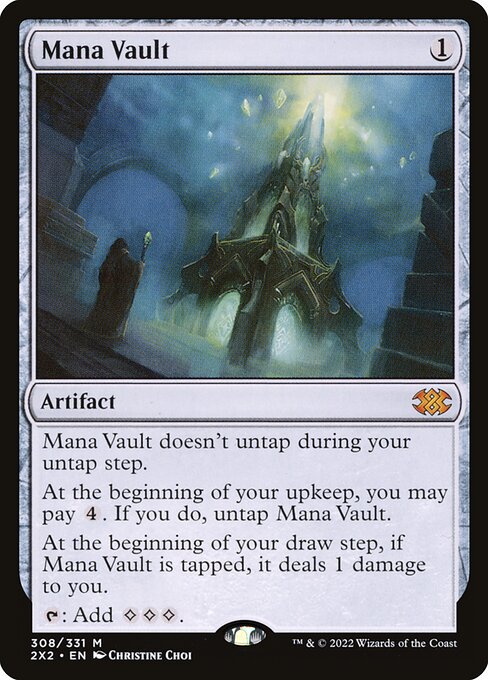
Mana Vault
-

Ancient Tomb
-

Exotic Orchard
-
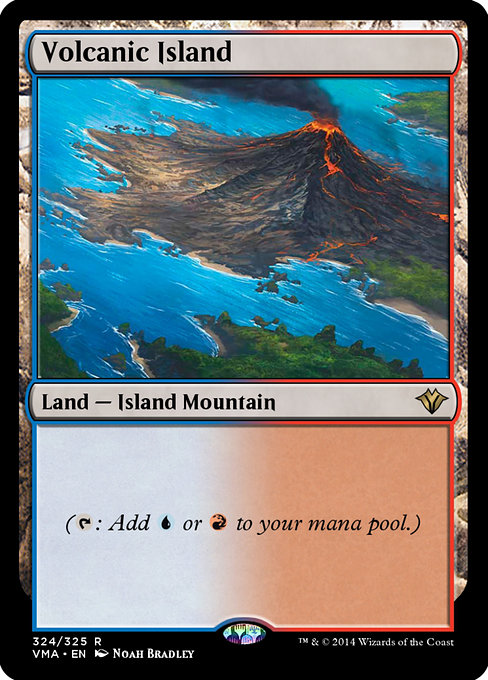
Volcanic Island
-

Misty Rainforest
Gameplay Summary
The game began with slow development from all players, as early turns primarily focused on mana ramp and setting up hands.
A significant moment came when Heliod's player cast Standstill, which drastically slowed the game by punishing players for casting spells, forcing opponents to carefully consider every action since casting spells would allow others to draw cards and gain advantage.
This card effectively created a tense stalemate where players hesitated to act, leading to a prolonged slow game state.
During this time, the player controlling Heliod capitalized on the extra card draws from the Ring of Three Wishes, accumulating value while others were restricted. As the game progressed, Heliod eventually flipped, further influencing the board state and forcing other players to adapt.
Despite the pressure from Standstill and Heliod's abilities, Glarb and other commanders managed to develop their boards and interact with one another.
The tension revolved around managing the risk of breaking Standstill’s effect and the potential consequences of giving card advantage to the Heliod player.
The game showcased a delicate balance of aggression and patience, with players trying to leverage their resources without triggering detrimental consequences.
Ultimately, the game’s dynamic was shaped heavily by the Standstill lock and Heliod’s presence, emphasizing control and resource denial as key themes.


